W. O. von Horn Books
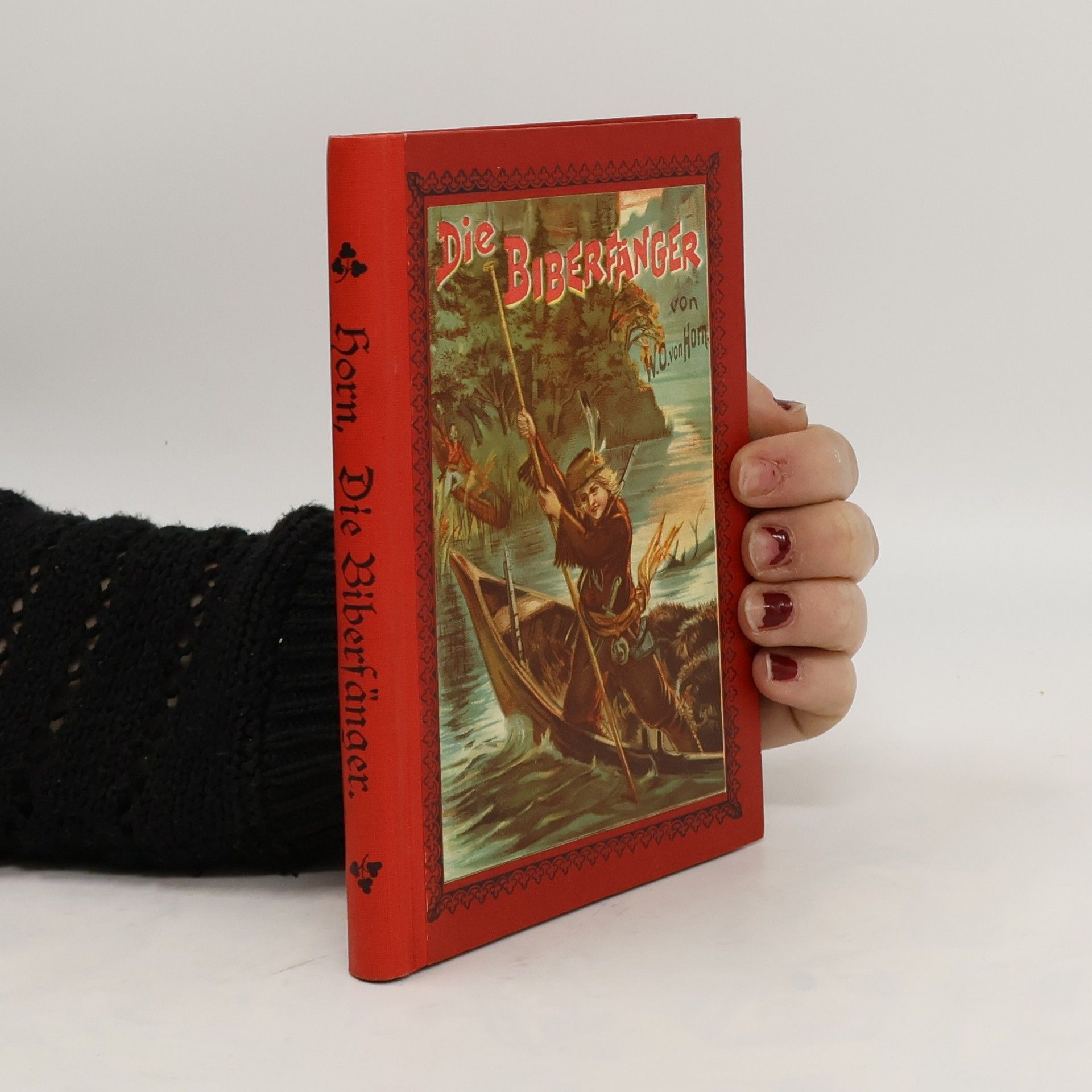
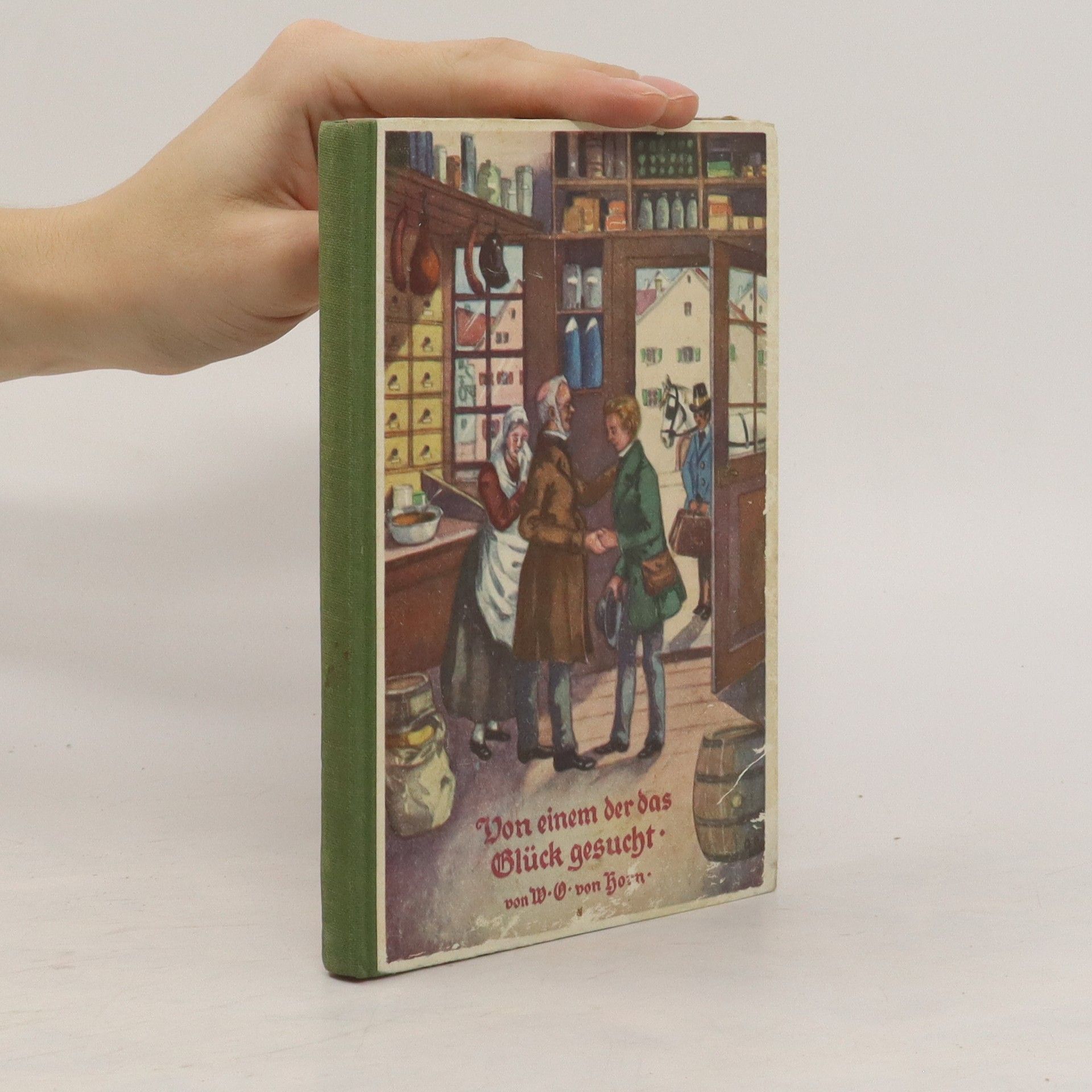
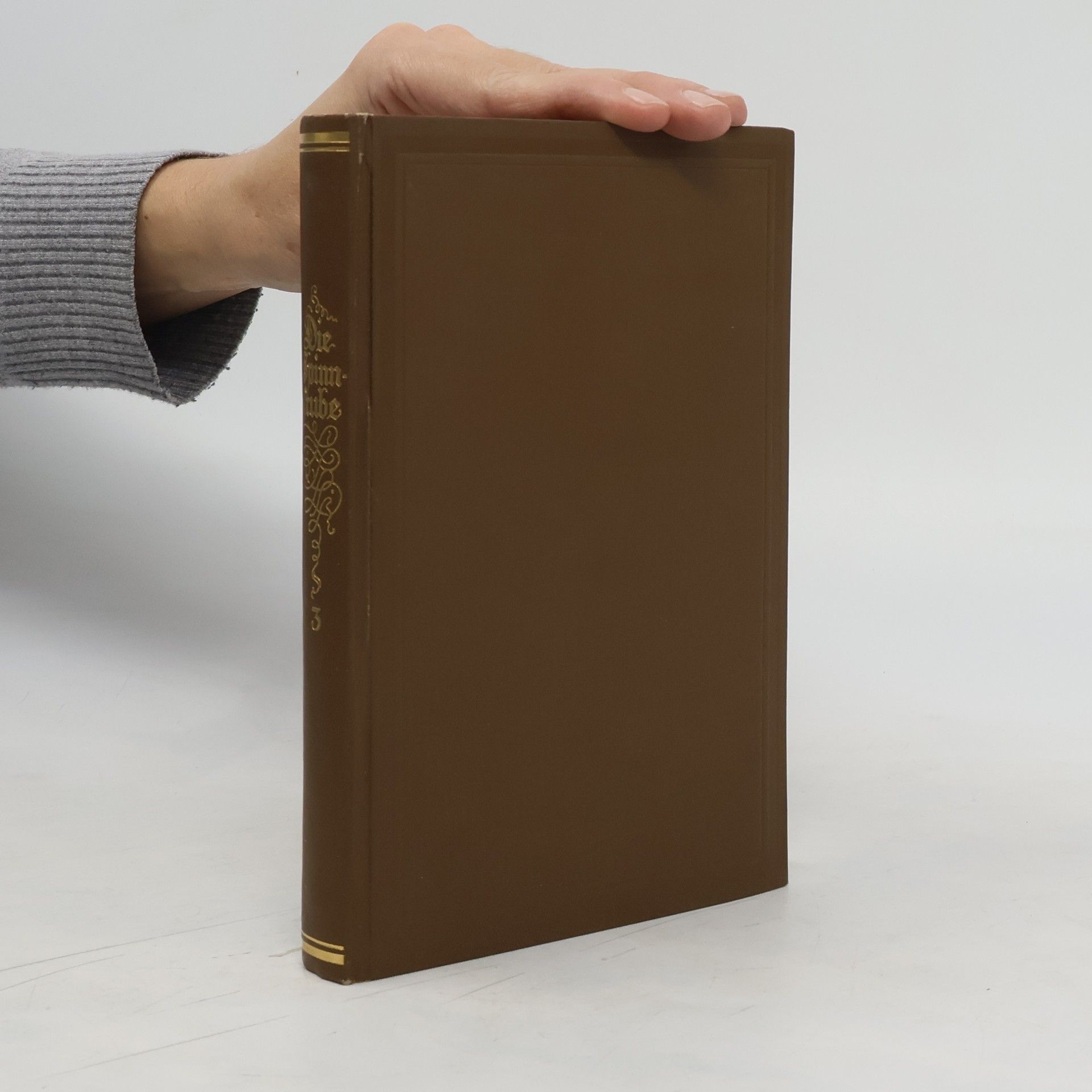
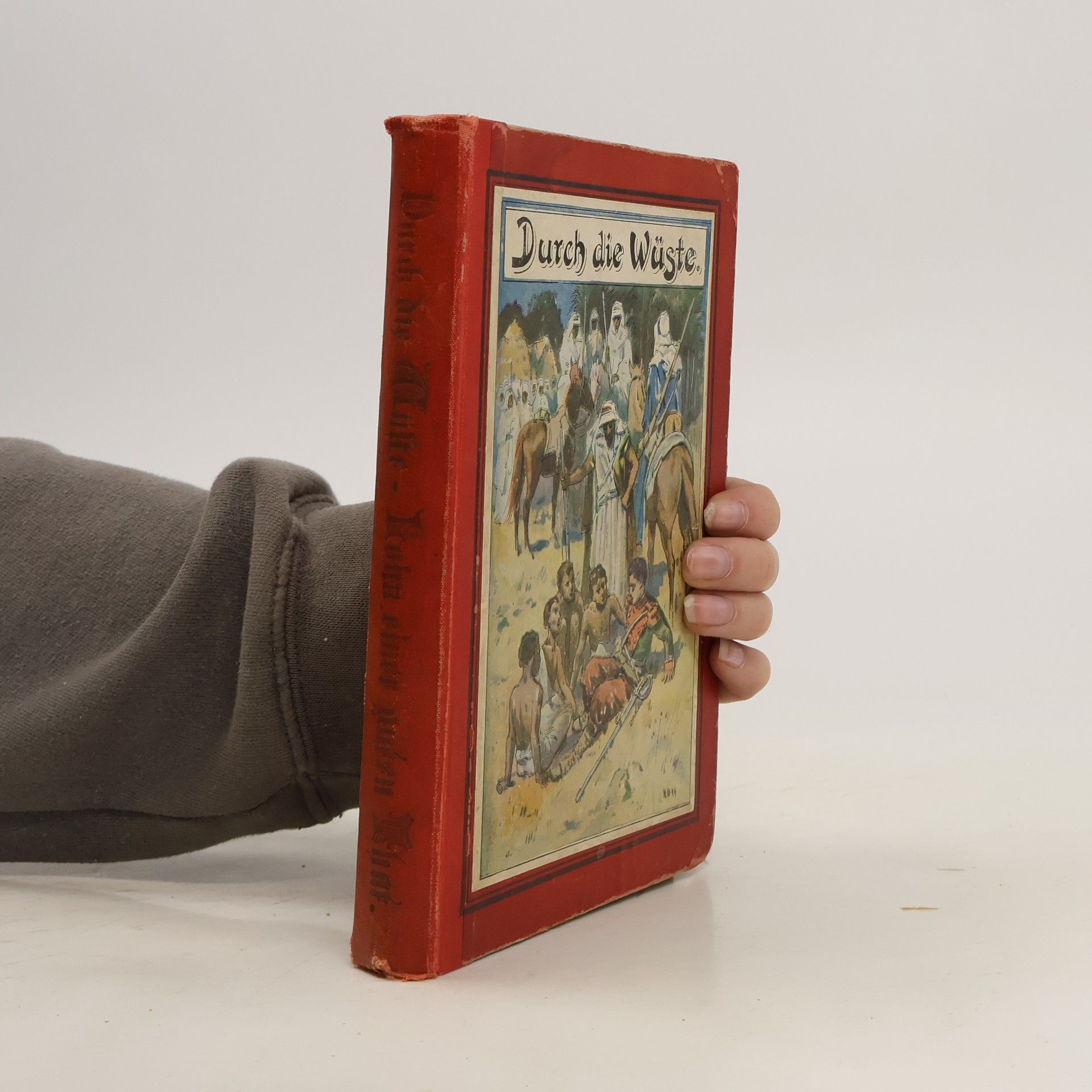
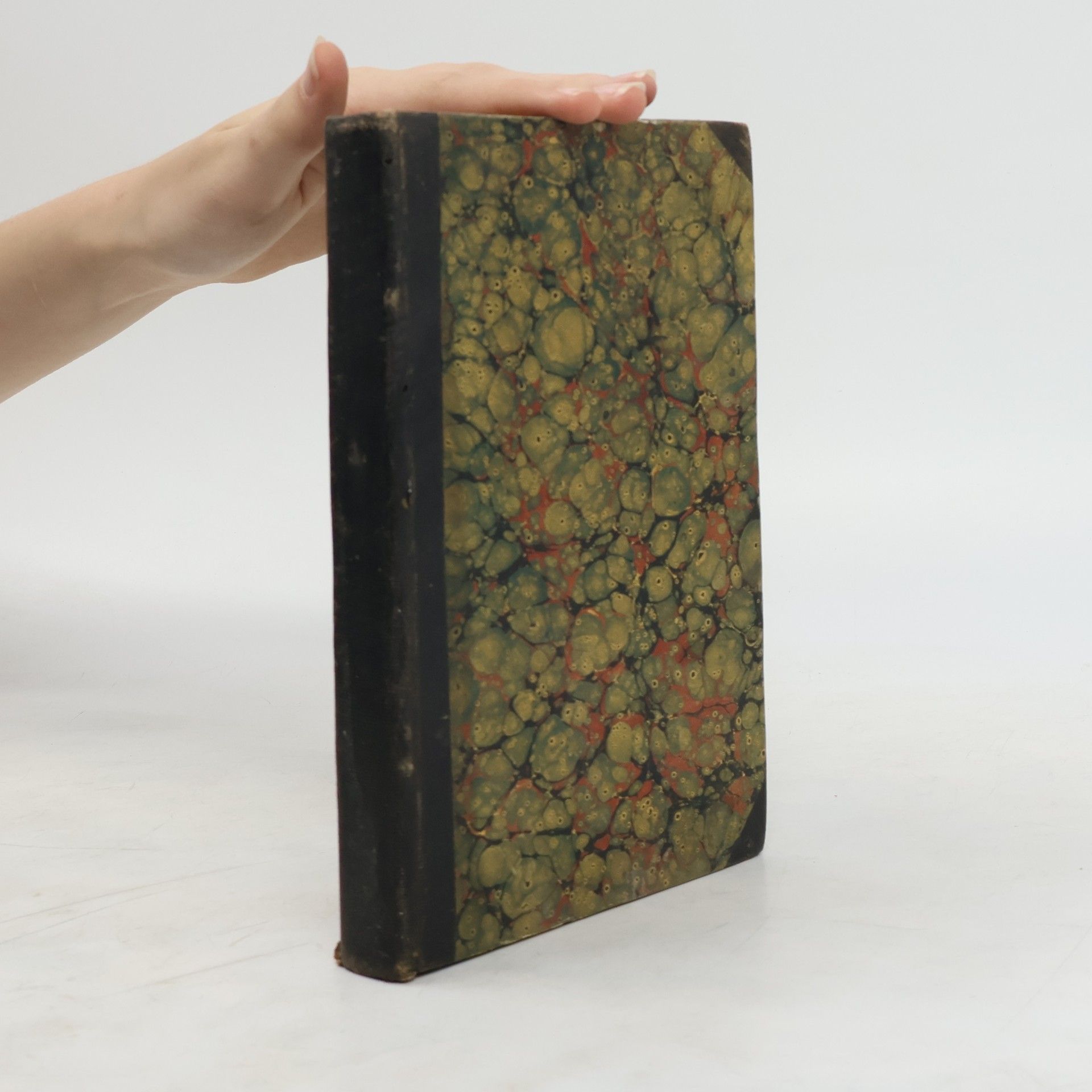
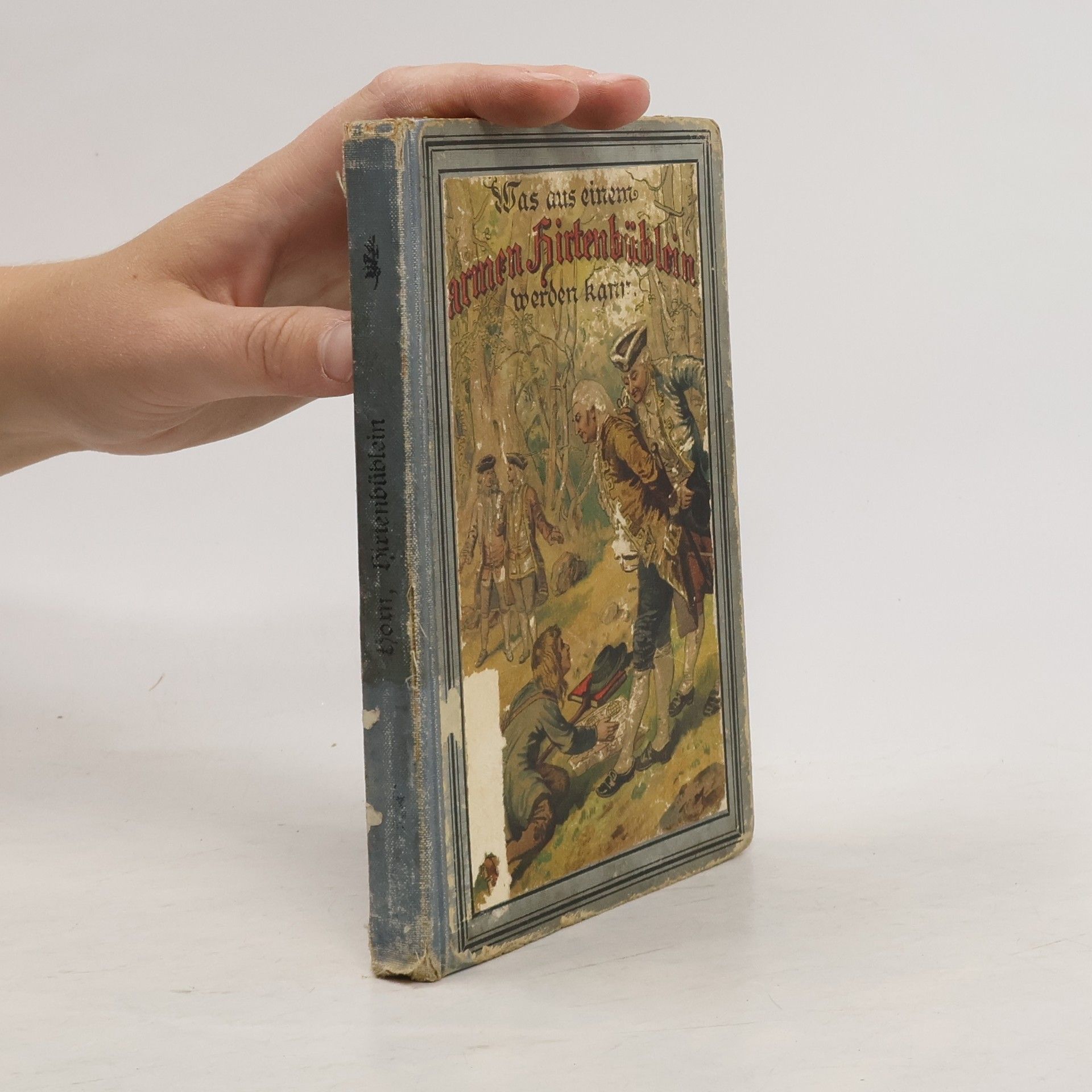
Die Spinnstube. Dritter Band
Geschichten aus den Volksbüchern von 1849 bis 1860
Die Spinnstube
Geschichten aus den Volksbüchern für die Jahre 1849 bis 1860






Geschichten aus den Volksbüchern von 1849 bis 1860
Geschichten aus den Volksbüchern für die Jahre 1849 bis 1860